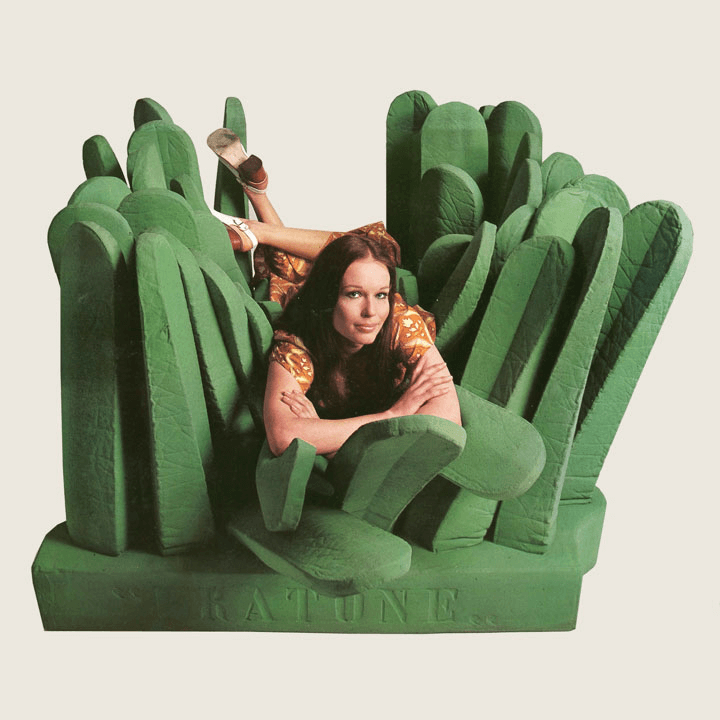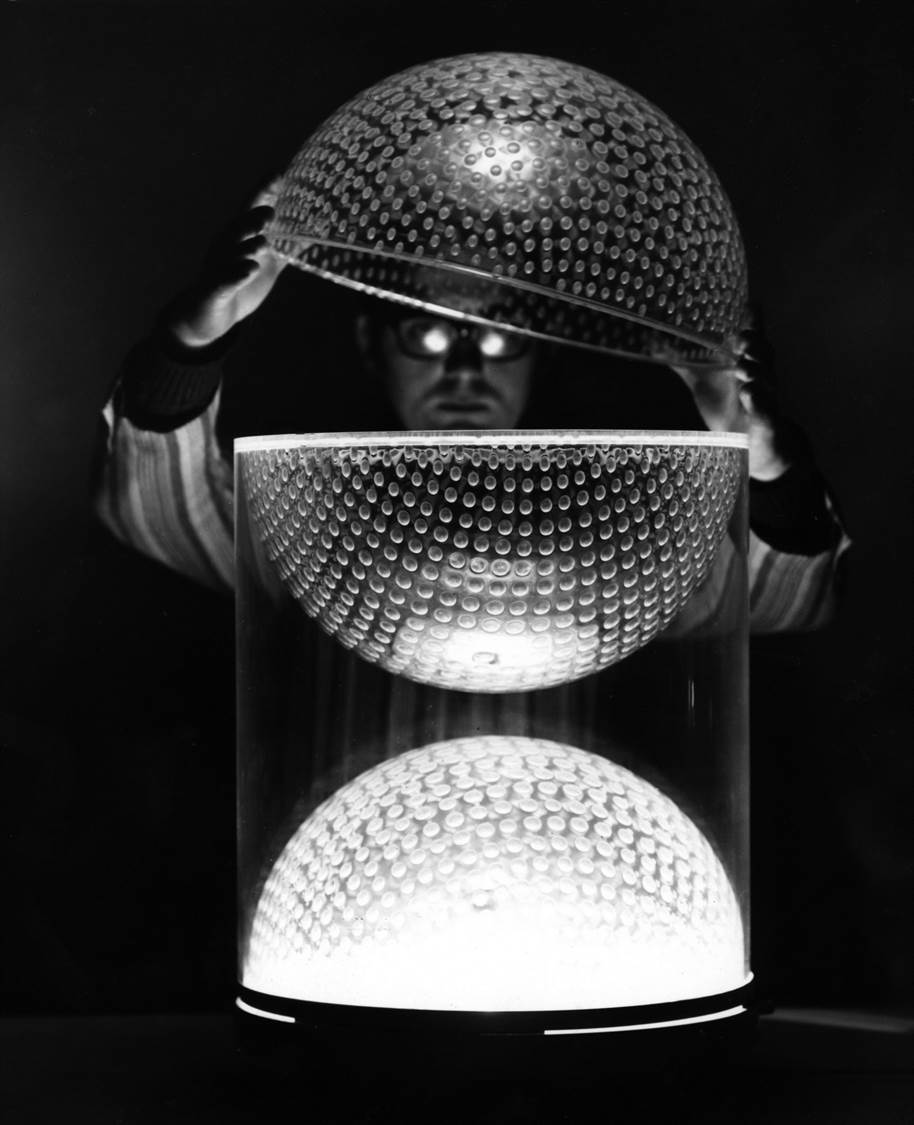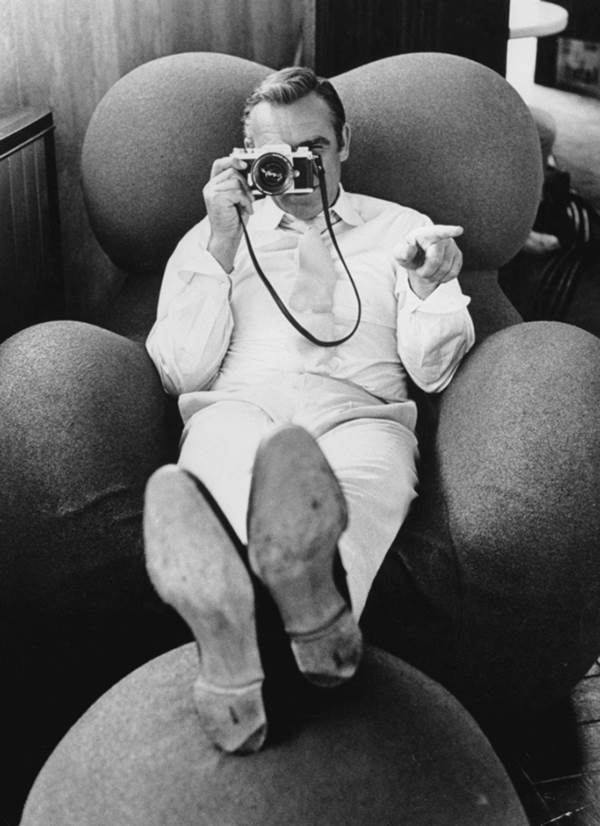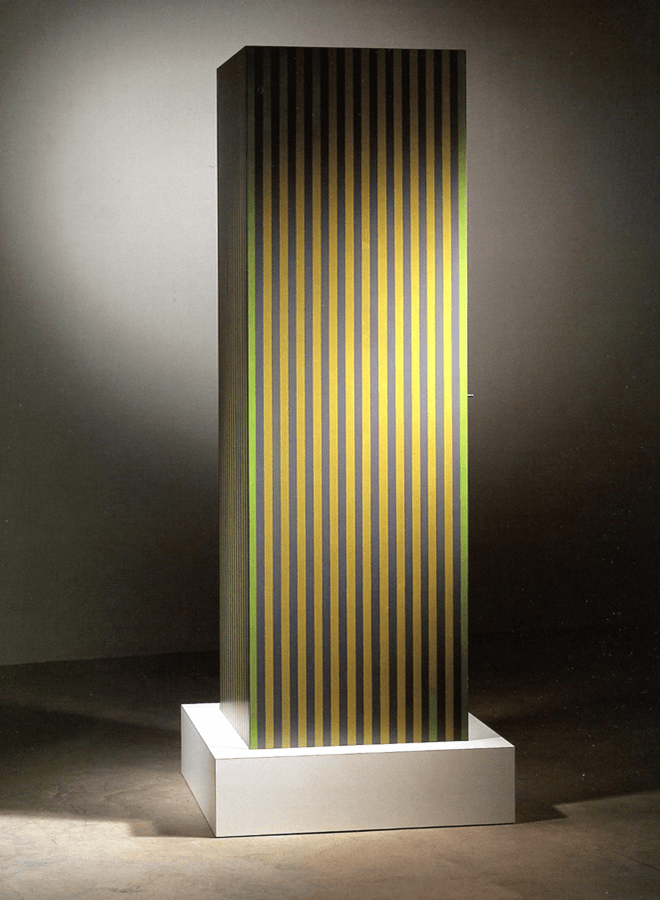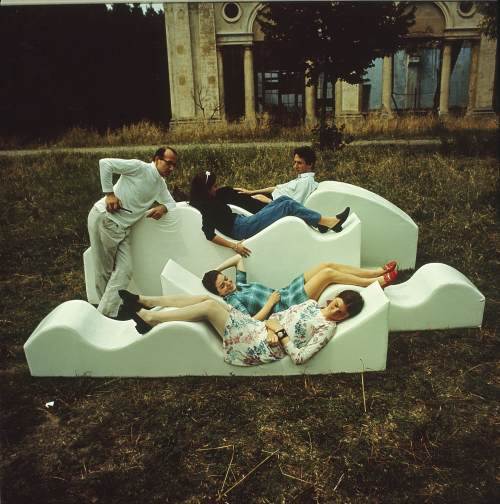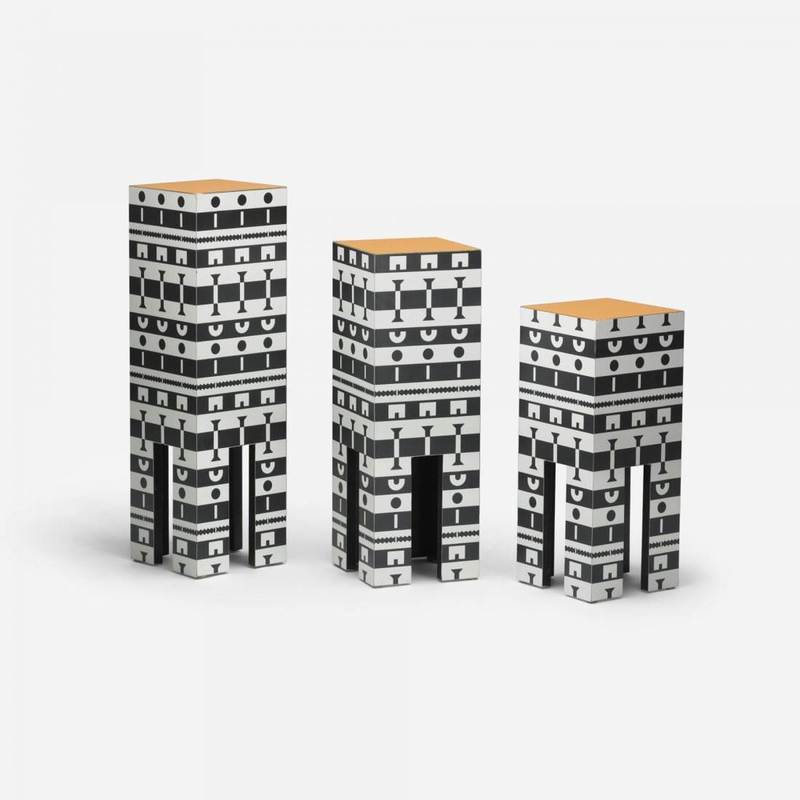This week’s session in the program Collecting Design: History, Collections, Highlights was dedicated to the study of the Radical Design Movement in Italy, which celebrated an exceptional time of intellectual creativity and innovation in the world of design world, starting in the 60s. The radicals turned their backs to everything that was associated with modern design and good taste, reinventing design by injecting poetic meanings and ideas which they borrowed from pop culture, and particularly from the work of New York artists Andy Warhol, Roy Lichtenstein, and Claes Oldenburg. We explored the work of Ettore Sottsass in celebrating his 100th birthday and looked at the two themes which came to shape his agenda, the discovery of the notion of meaning attached to objects, associated with ritual and spirituality, and the encounter with pop culture. We then examines how these anti design experiments were carried out by design groups, such as Studio Alchimia (founded in Milan by Alessandro Guerriero); Gruppo Strum (established in Turin and led by architect Pietro Derossi); Archizoom (headed by Andrea Branzi); and Superstudio. Next semester I will be hosting Evan Snyderman who will discuss the Italian Anti-Design Movement in the light of his upcoming exhibition and publication SuperDesign, open at R & Company next week. Below: Globo Tissurato lamp, Ugo La Pietra, 1966-67, produced by Poggi (Image courtesy of Ugo La Pietra Archive, Milan).

